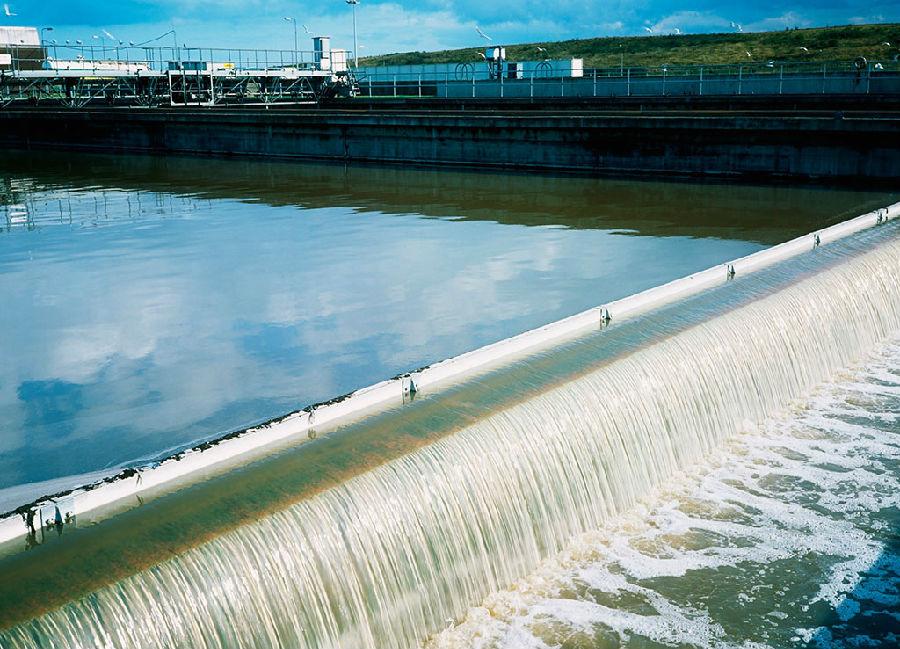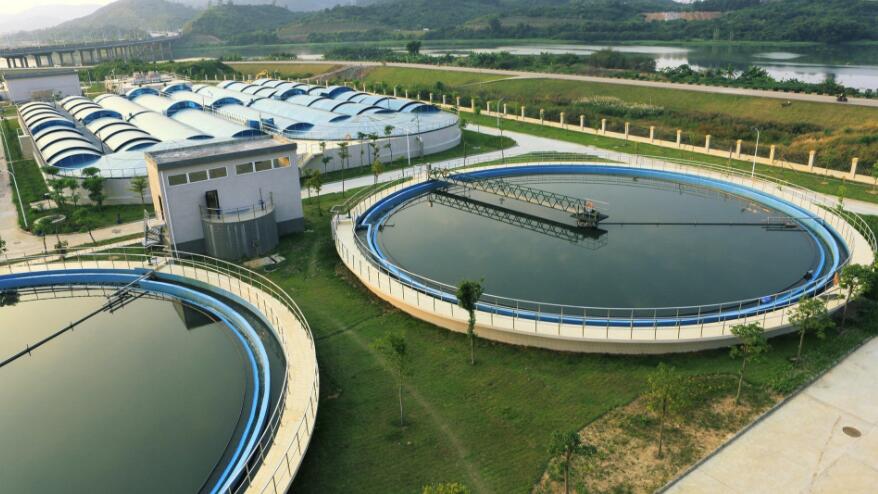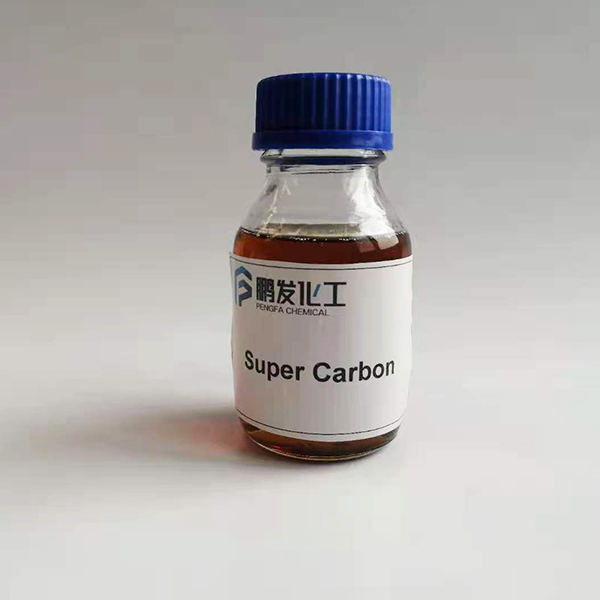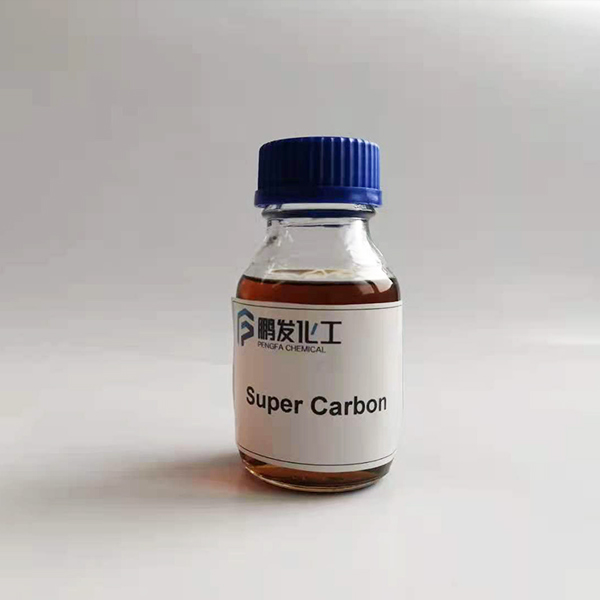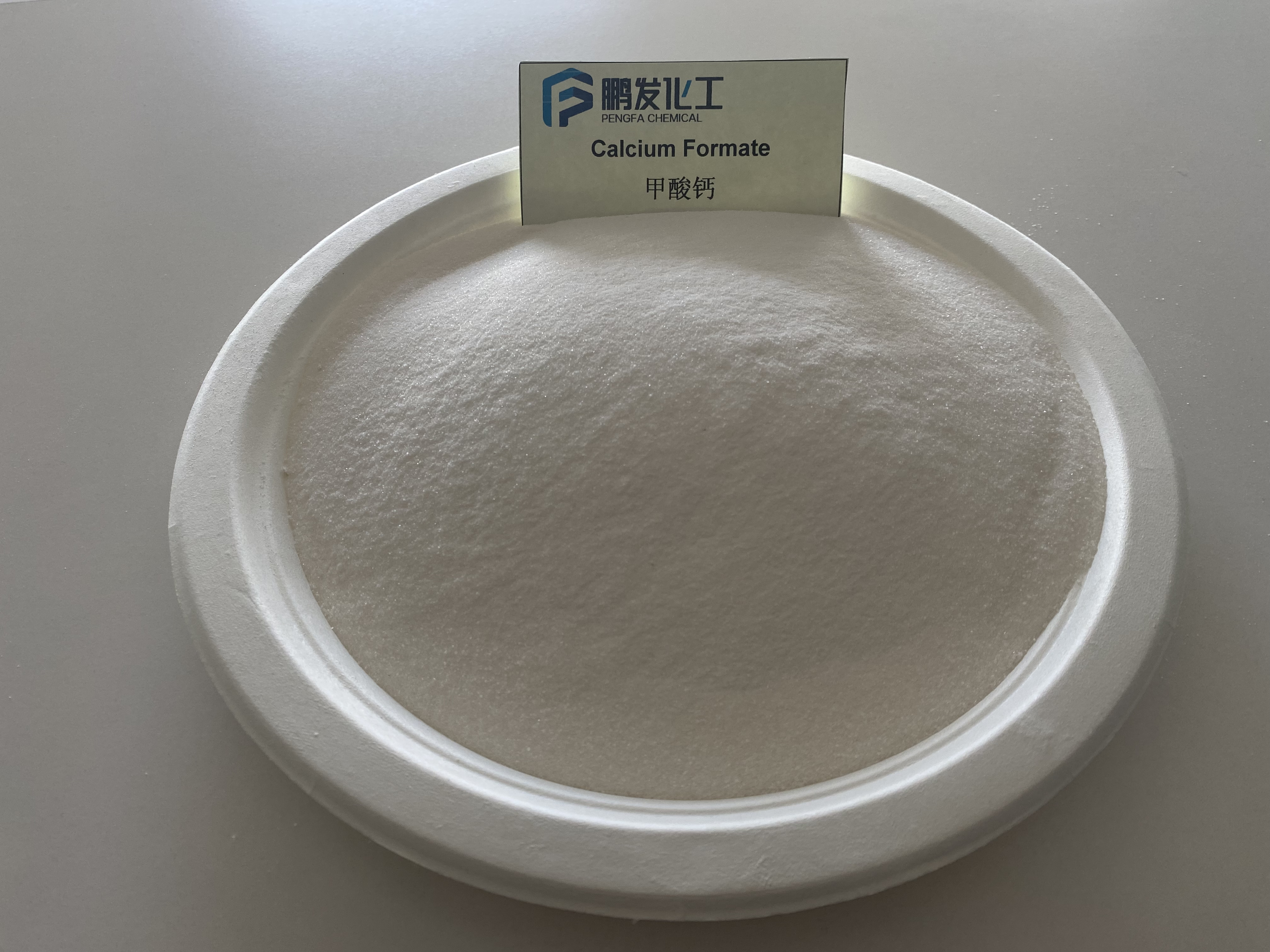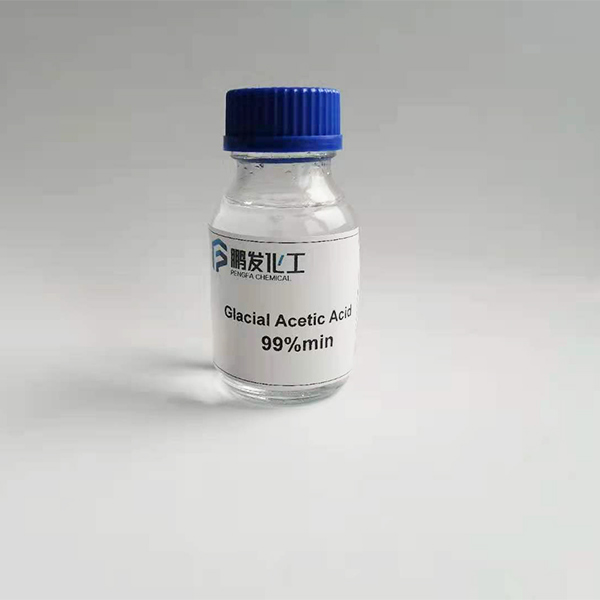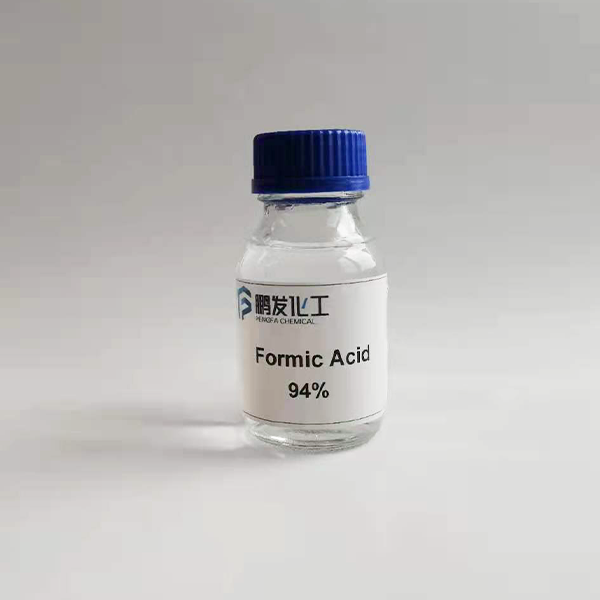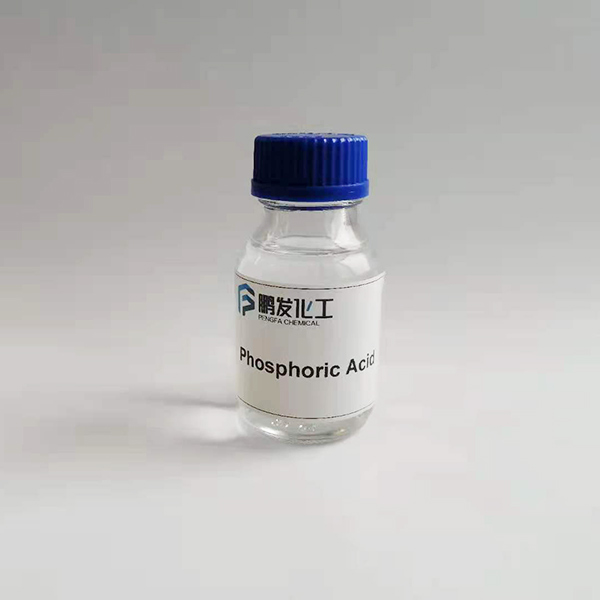Carbon Source
| Carbon source | Biochemical pathways | Key steps of metabolism | Enzymes involved |
| Super Carbon | Serine pathway/glycolysis/trihydroxy acid cycle | Diversity | Diversity |
| Methanol | Serine pathway/trihydroxy acid cycle | Methanol→Formaldehyde→Serine pathway→Acetyl-CoA→Trihydroxy acid cycle | AlPHa ketoglutarate dehydrogenase, TCA related enzymes |
| sodium acetate | Trihydroxy acid cycle | Acetate → Trihydroxy Acid Cycle | Citrate synthase, isocitrate dehydrogenase, etc. |
| Ethanol | Trihydroxy acid cycle | Ethanol→acetaldehyde→acetic acid → trihydroxy acid cycle | Alcohol dehydrogenase, isocitrate dehydrogenase, etc. |
| Glucose | Glycolysis/Trihydroxy Acid Cycle | Glucose→Glyceraldehyde 3-PHosPHate→Pyruvate→Acetyl-CoA → Trihydroxy acid cycle | Hexokinase, glyceraldehyde-3-P dehydrogenase, pyruvate kinase, etc. |
Super Carbon is researched and developed by pro-growth technology. The product is a brown, weakly acidic liquid with no irritating odor. The components are small molecular organic acids, alcohols, sugars and algae extracts, etc., with extremely high COD equivalents. It can be widely used in sewage treatment systems to solve the problem of high NOx-N in the effluent caused by insufficient carbon sources, improve the denitrification capacity of the sewage treatment system, and also have a good effect on enhanced biological PHosPHorus removal.
The product is usually used in anoxic areas such as anoxic tanks and denitrification filters, and can also be used to provide carbon sources for anaerobic or aerobic reactors.
Product mechanism
Super Carbon can replace traditional carbon sources because of its efficient carbon utilization efficiency and diverse biochemical pathways. Mainly reflect the following aspects.
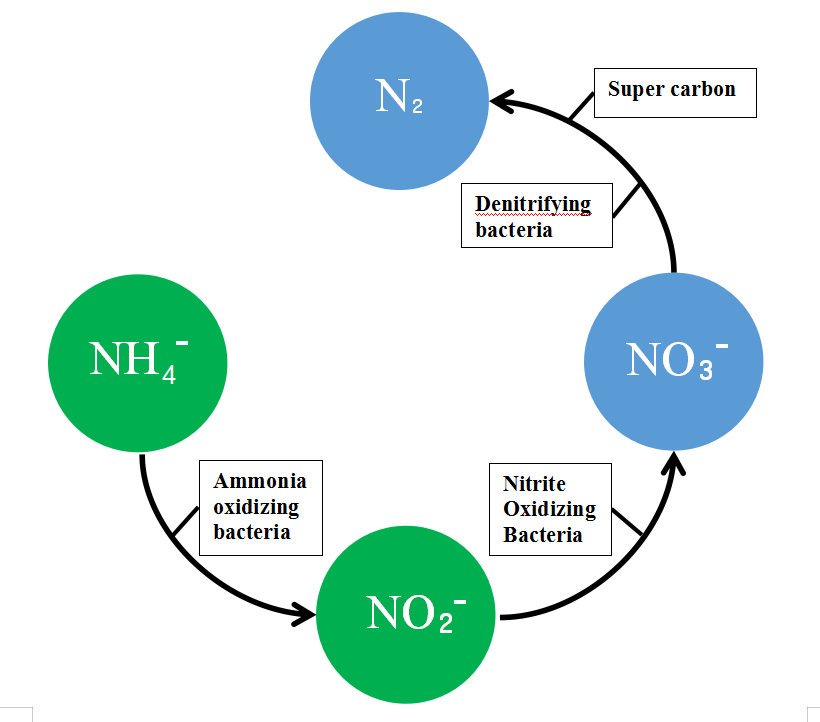
Application
